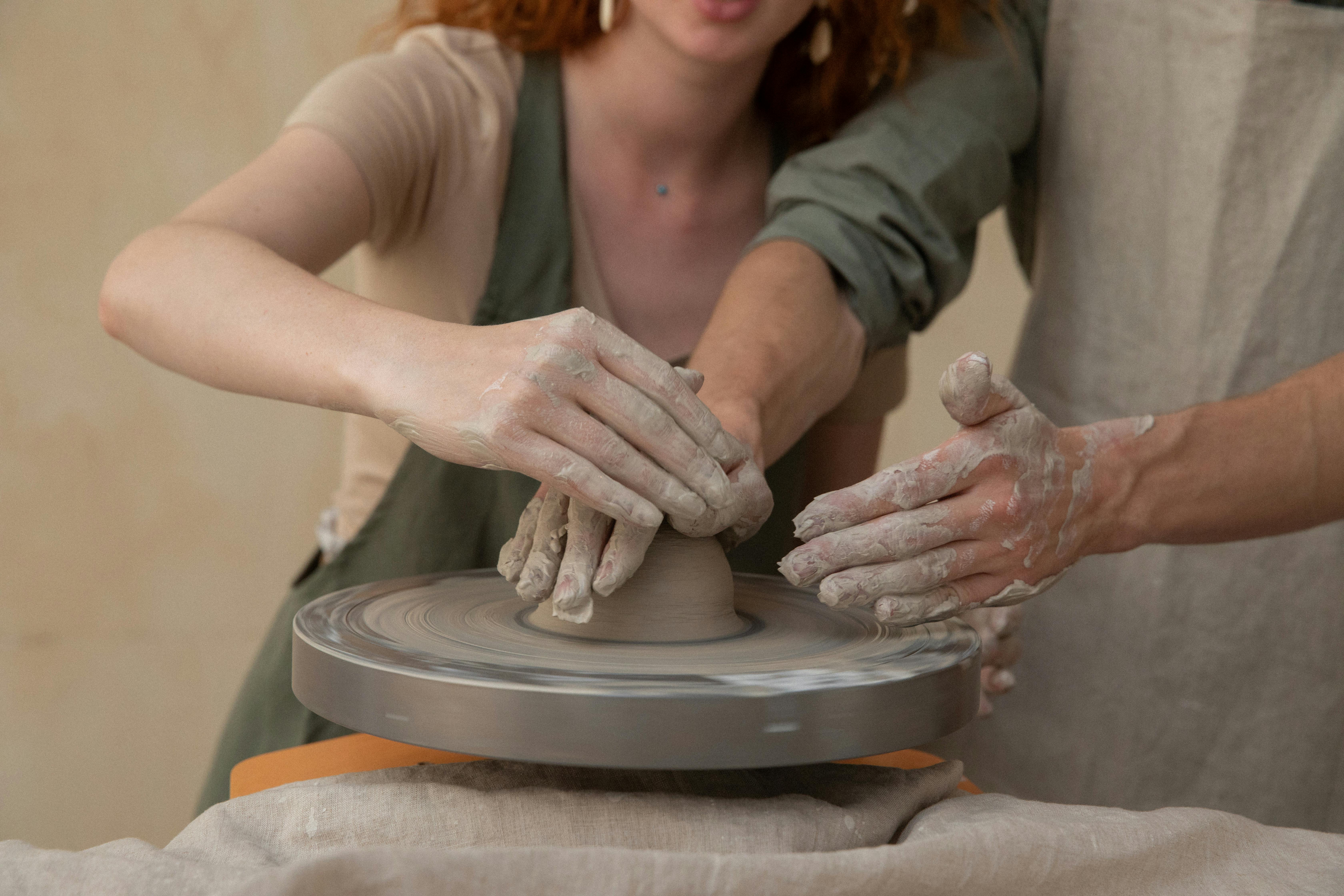The basic idea of eBay is simple: it is about connecting buyers and sellers within the exciting setting of an auction environment.
It was originally a forum for people to trade or buy and sell items of relatively modest value. Over time it grew and expanded to become a major online auction site for just about anything you can think of, including antiques and sometimes high value ones.
For many years, it served its antique market purpose well.
Most professional buyers and sellers were happy because it was always possible for the former to get a real bargain, while from a seller’s point of view, statistically the overall trends / returns were good.
Many auctions were based on true open bids with low initial values, and many buyers received their bids early to try to “reserve” the price range up to the maximum they wanted to pay.
So buyers got an occasional really good deal and sellers made reasonable sales overall, albeit with an occasional and often unexplained large loss on an individual item.
Early bidding gave sellers some confidence / peace of mind and open bidding did the same for buyers. Generally speaking, everyone was happy.
What is happening today?
It is possible to make a compelling case that the situation above was largely eBay’s ‘happy days’ as a forum for buying and selling quality antiques online.
If you buy major antiques on eBay today, you are likely to find:
-
The vast majority of items are advertised under ‘Buy it now’ or ‘Buy it now with the best deals’;
-
Those quality items that are still offered under open bidding are advertised with typically high levels of ‘initial bidding’
-
Many professional sellers have left, saying that it is now almost impossible to sell something on eBay and that they are taking their items elsewhere.
How has this happened?
Changing markets
The changes are being driven by the behaviors of buyers and sellers, although it is a kind of chicken and egg debate about where it all started.
Certainly, from the crisis of 2007/2008 onwards, buyers became increasingly obsessed, although understandably, with “must get it cheap“.
Of course, there was always a tendency for buyers to try to leave their offers for the last few minutes. This was done in the belief, sometimes mistaken, that it is the only way to get a bargain. However, that trend became the norm as time passed after 2008.
Another significant change in shopper practice in recent years has been the increasing use of “Bid Sniping” software. If you don’t know what that is, it is a system whereby buyers can leave a maximum bid level with an online business which then automatically bids within the last two to three seconds before the auction ends.
The net effect of reduced purchases and increasingly late last-second offers, from a sellers point of view, is that very often your items will be left with little or no offers until a few seconds before closing. That kills dead seller confidence in a true low starting price auction approach.
Now if you are selling a DVD or some second hand tools and expect to get a final price in the ‘tens’ of your chosen coin, you can be fatalistic to see your item on offer down to just 1.50 about 10 seconds before it is sold. band. However, if you have, say, a vintage watch valued at 500 and you’re there with no deals just seconds before it closes, then you’ll be a lot more nervous.
In theory this process should be self-regulating, but as any seasoned eBay quality seller will tell you, it is not and the losses incurred by distributors can be extremely significant and increasingly also very frequent.
Therefore, it is not surprising that more and more sellers of quality antiques have turned to “Buy It Now” as a means of protecting their interests.
The net effect of this is that in terms of quality antiques, eBay is becoming much more like Amazon or a simple classified ad magazine than a true online bargain site.
Can the old and exciting days of eBay bidding ever return?
Unfortunately, the conclusion must be “probably not”.
In order for quality antique sellers to start relying on eBay’s open bidding for their financial success again, a number of things need to change:
1. Buyers should be encouraged to bid earlier.
2. Bid Sniping software should be banned.
3. Average prices realized in open tenders would have to rise above what has been the case since approximately 2008.
For buyers and sellers alike, eBay’s demise as a truly dynamic and exciting open bidding forum for quality antiques is unfortunate even though it is being replaced by an increasing number of antique sellers moving to forums such as Amazon or antique stores on ETSY.
It’s a sad fact that, if anything, eBay’s own policies and practices appear to be accelerating its transition from an online auction forum to a pale reflection of sites like Amazon and various classified bulletin boards.
For serious antiques buyers and sellers, eBay, as an exciting channel, may now be becoming nothing more than a nostalgic keepsake.

